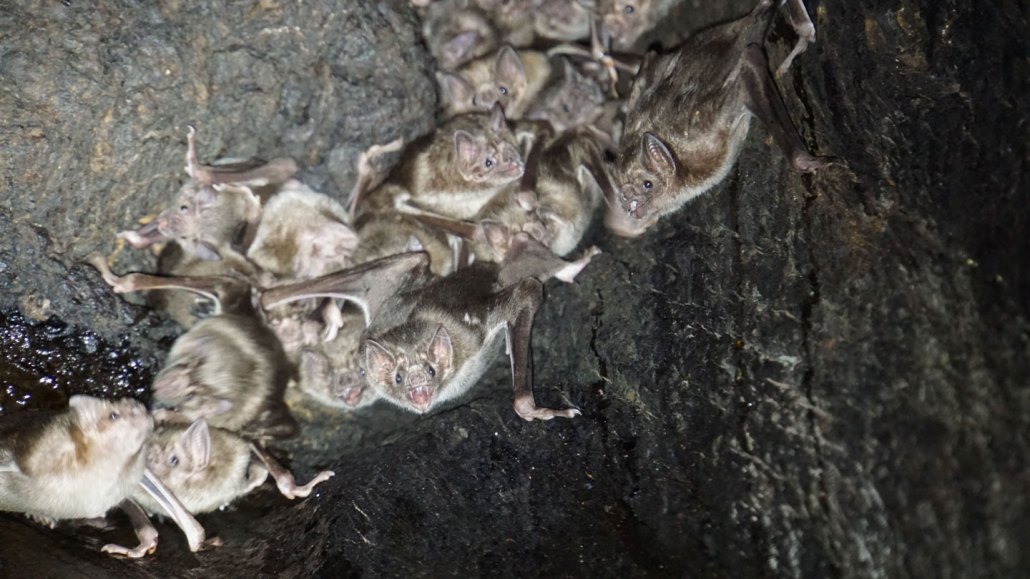
Common vampire bats (Desmodus rotundus) form social bonds at the roost through sharing food and grooming. New research suggests that these bonds extend to foraging for blood.
S. Ripperger (CC BY 4.0)

Common vampire bats (Desmodus rotundus) form social bonds at the roost through sharing food and grooming. New research suggests that these bonds extend to foraging for blood.
S. Ripperger (CC BY 4.0)